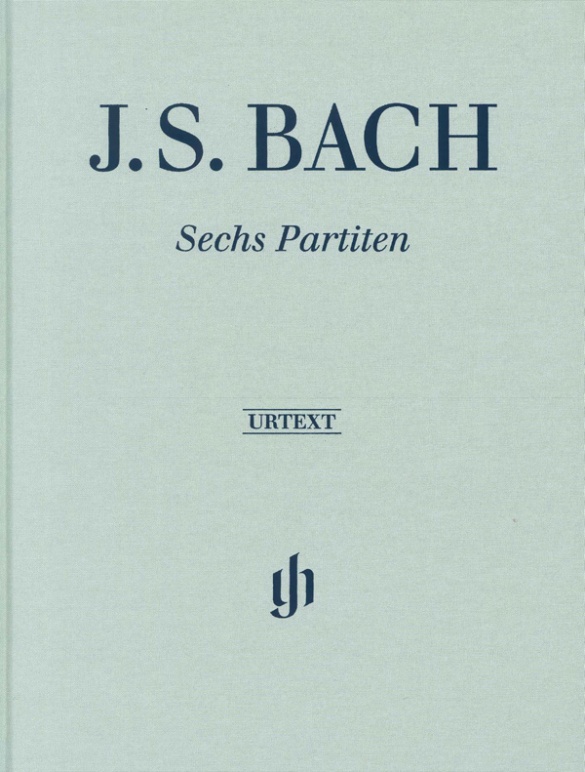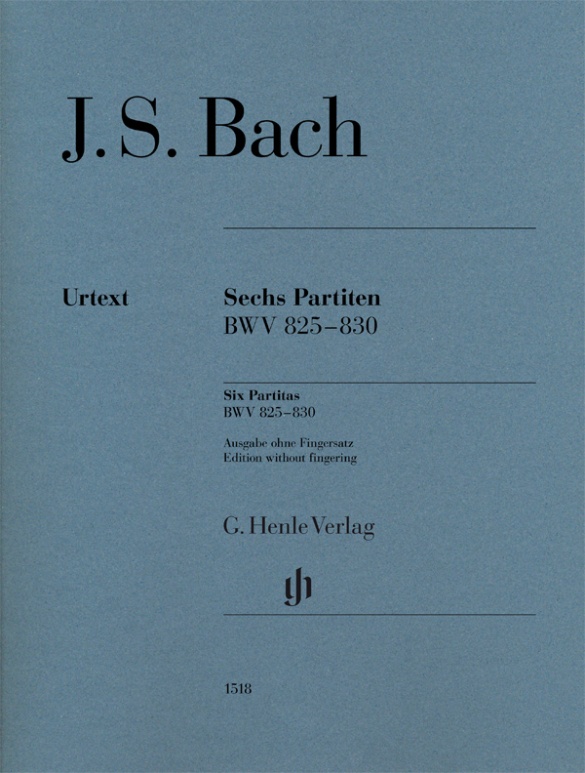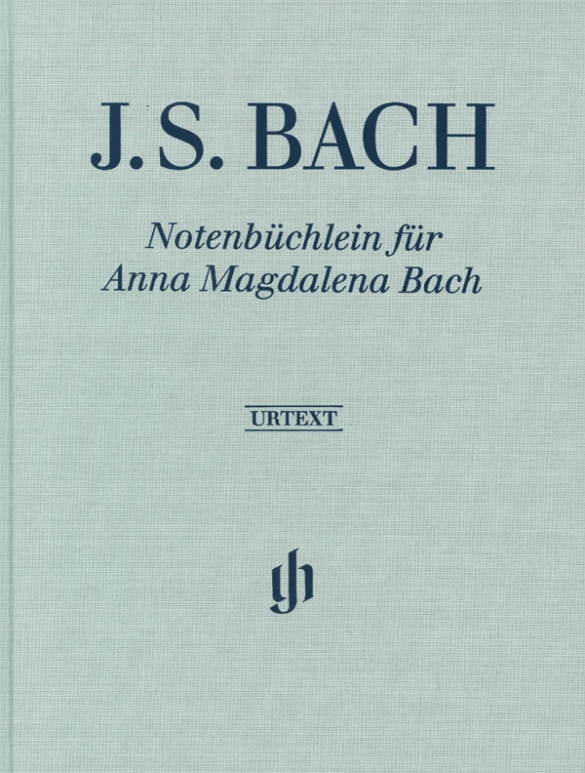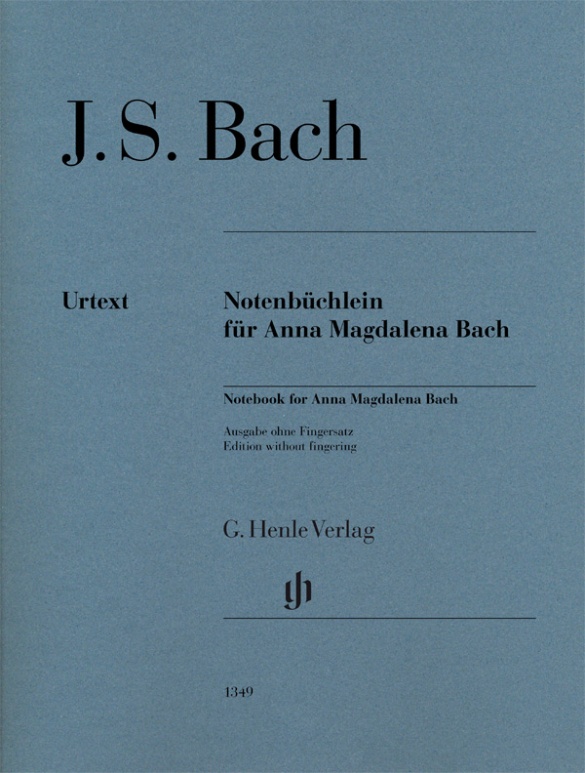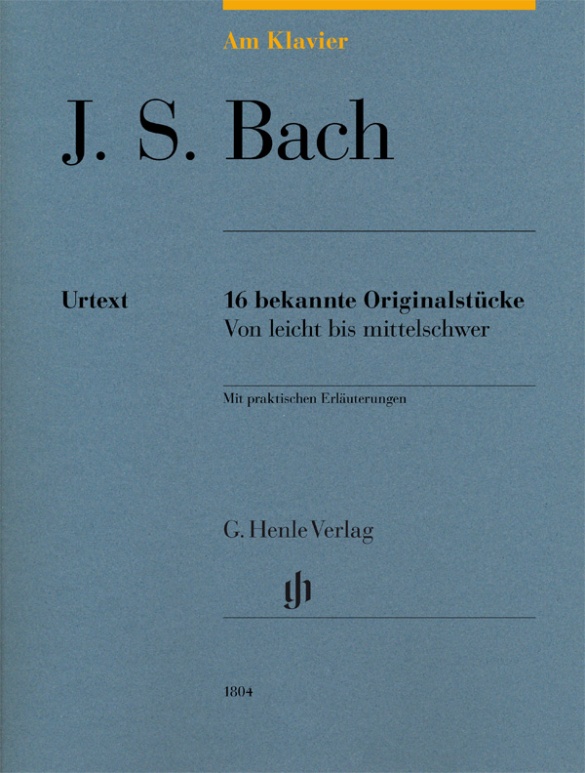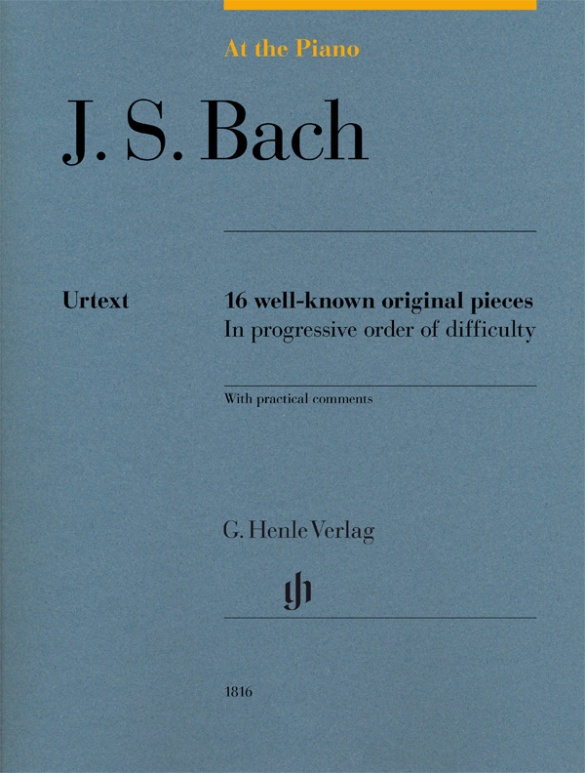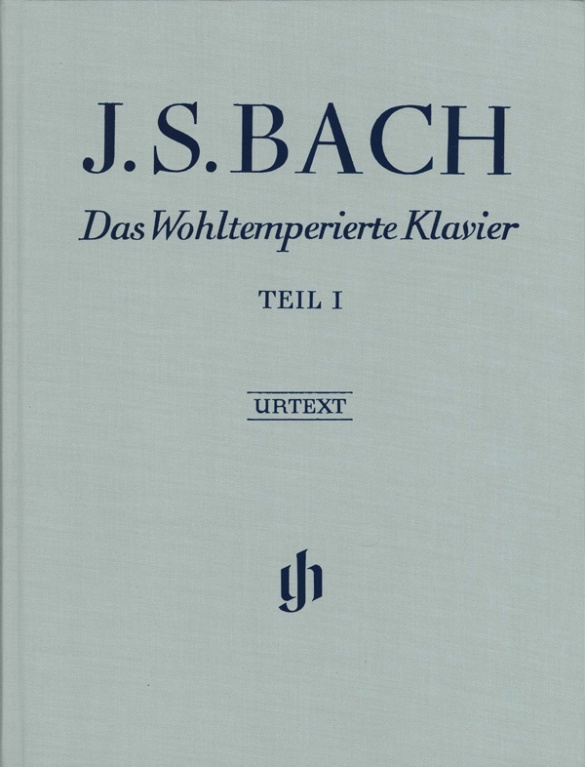

Johann Sebastian Bach
The Well-Tempered Clavier Part I BWV 846-869
The world-famous pianist András Schiff, a most familiar name to Bach fans on account of his complete recordings of Bach’s piano works, has provided fingerings for both parts of the Well-Tempered Clavier. He discusses aspects of performance practice in a detailed preface. The basis for the musical text was Henle’s revised edition of Part I published in 1997 and Yo Tomita’s brand new revision of Part II (spring 2007). A detailed commentary rounds off the editions. Both parts of the Well-Tempered Clavier are also available as Henle Urtext editions without fingerings and as study editions.
Read more about this edition in the Henle Blog.
Content/Details
About the Composer
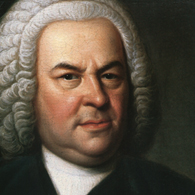
Johann Sebastian Bach
For many musicians he is “the Alpha and Omega of all music” (Max Reger). Except for operas, Bach composed masterpieces for every ensemble and genre of his age. His catalogue of works contains almost 1,100 entries, including the great Passions of St. Matthew and St. Johan, the Goldberg Variations, the Brandenburg Concerti, or hundreds of singular cantatas. As organist in Mühlhausen and Weimar he creates primarily organ compositions, concerti, and works of chamber music. Later, as music director in Köthen and for the decades he serves as cantor in Leipzig, he composes chiefly sacred vocal compositions and keyboard works. His later, contrapuntally complex compositions exert an enormous influence on the compositional styles and practices of later generations.
About the Authors

Ernst-Günter Heinemann (Editor)
Dr. Ernst-Günter Heinemann, born in 1945 in Bad Marienberg (Westerwald), completed his schooling in Gießen and read musicology, philosophy and German in Marburg and Frankfurt/Main and also for some time Protestant church music. He did his doctorate on “Franz Liszts geistliche Musik. Zum Konflikt von Kunst und Engagement”.
From 1978–2010 Heinemann worked as an editor at G. Henle Publishers (in 1978 in Duisburg, from 1979 onwards in Munich). He edited a great many Urtext editions for the publishing house, including “Das Wohltemperierte Klavier”, Volume 1 by Bach and all of Debussy’s piano works. In addition, he wrote essays on Debussy, Grieg, Liszt, Mendelssohn and questions concerning general editing, as well as giving seminars on editorial practice for musicology students in Munich.
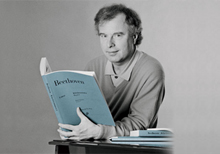
András Schiff (Fingering)
» Biography
Product Safety Informations (GPSR)
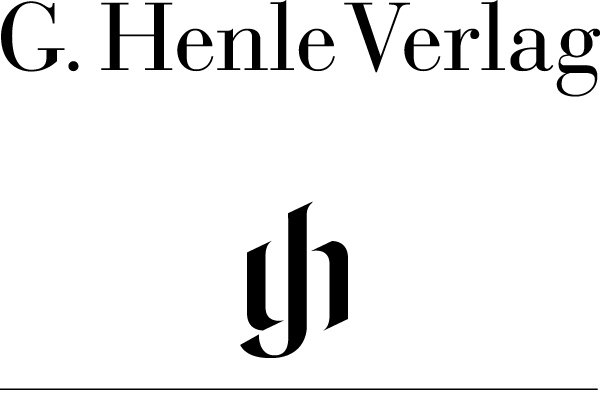
G. Henle Verlag
Here you can find the information about the manufacturer of the product.G. Henle Verlag e.K.
Forstenrieder Allee 122
81476 München
Germany
info@henle.de
www.henle.com
Zu einem Konzert András Schiffs im Januar 2010: Kein anderer Musiker trägt dieses Œuvre so sorgfältig und zugleich frei, so bejahend und reflektiert vor, ohne dass irgendwelche Idiosynkrasien oder schräge Einfälle das Gewicht der Sache beeinträchtigen könnten.
NZZ Online, 2010… the clarity and authority of this edition is exemplary. The introductory notes have been expanded and a commentary at the back explains editorial decisions. Study scores of these Preludes and Fugues are also available - same layout, same accompanying notes, also clear to read from, but in A5 size and no fingering! Excellent.
Piano Professional, 2008Diese neue Edition von Ernst-Günter Heinemann überarbeitet die bisher gebräuchliche Urtextausgabe von Otto von Irmer. Sie basiert auf neuen Erkenntnissen der Quellenlage...Ein verdienstvoller Beitrag zur praktischen Nutzbarmachung neuerer musikwissenschaftlicher Forschungsergebnisse. Inhalt: außergewöhnlich (5 Sterne)Druck: außergewöhnlich (5 Sterne)Layout: außergewöhnlich (5 Sterne)
Music ManualLes variantes abondent, que l'éditeur (Ernst-Günter Heinemann) a parfois "corrigées" lorsqu'elles lui semblaient manquer de cohérence, en s'appuyant sur les états antérieurs du texte de Bach . connus par des copies; mais chaque intervention éditoriale est justifiée dans un commentaire critique trilingue (allemand - anglais - français).
Écouter voirThis present edition seeks to allow the maximum freedom of interpretation for the performer by avoiding any editorial directions, including tempi, dynamics and the like. However, suggested fingerings are given and in the preface, an explanation of suggested interpretation of ornaments. The print is given plenty of space making it easy to read, with bar numbers added at the beginning of each system.
Sheet Musicrecommendations
autogenerated_cross_selling
Further editions of this title
Further editions of this title


